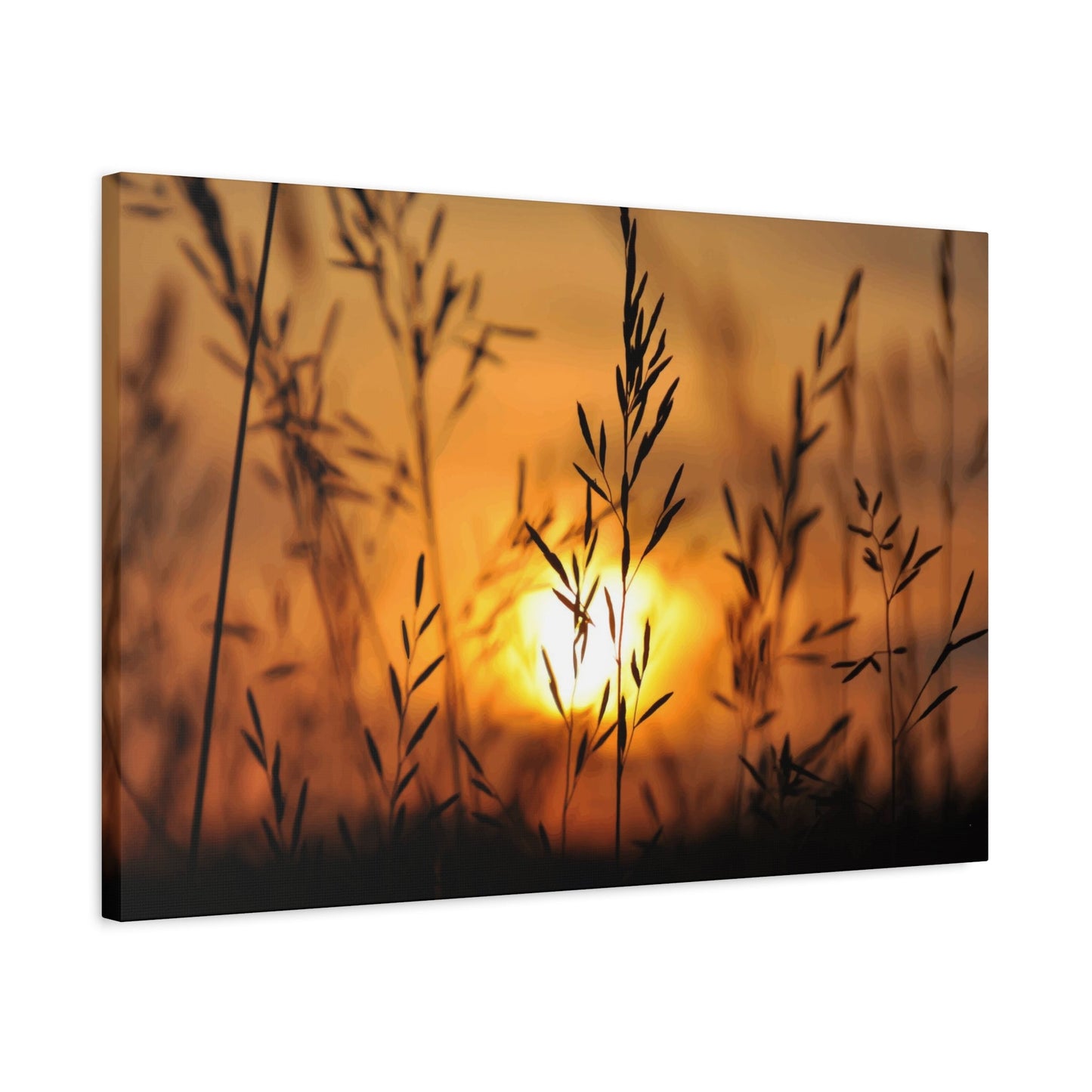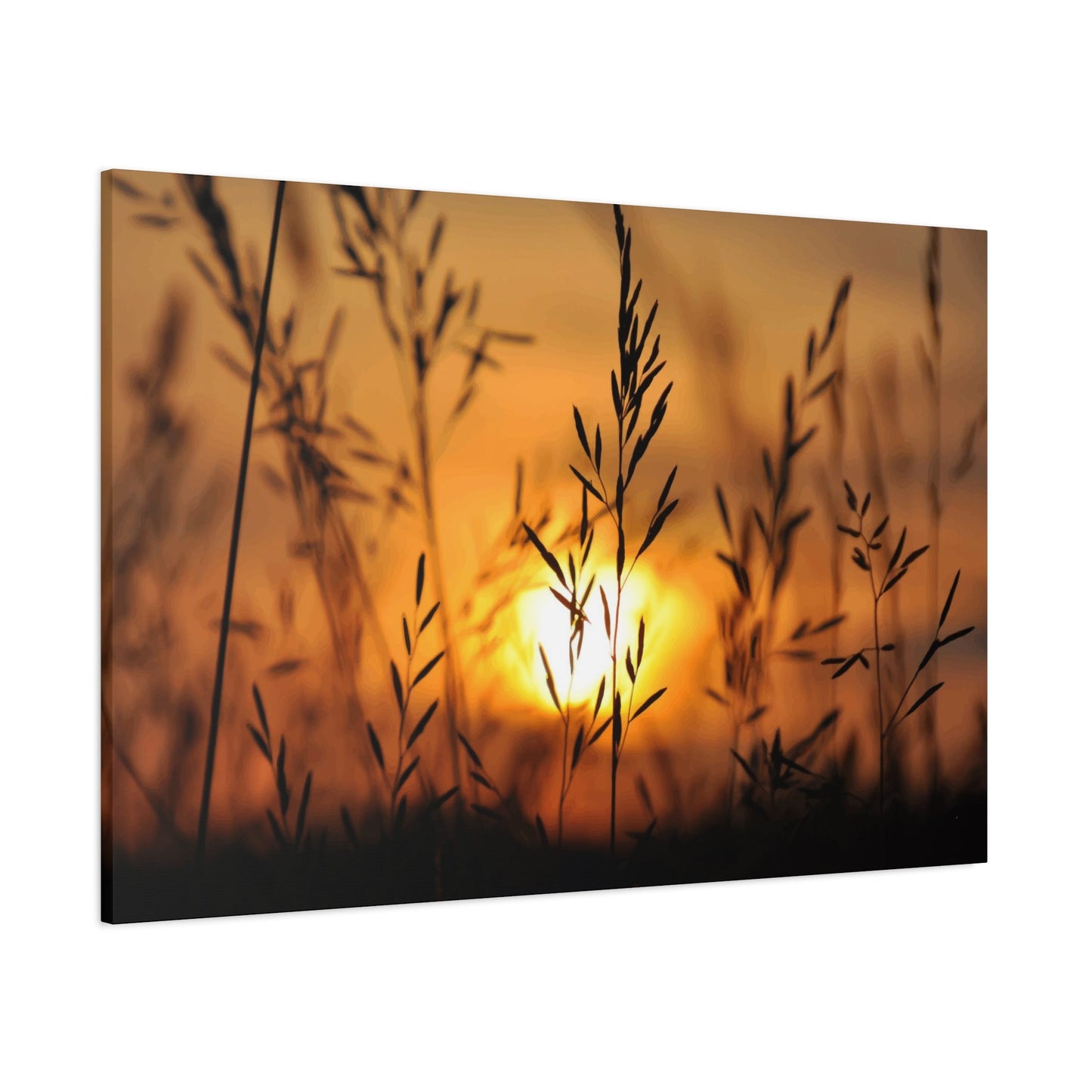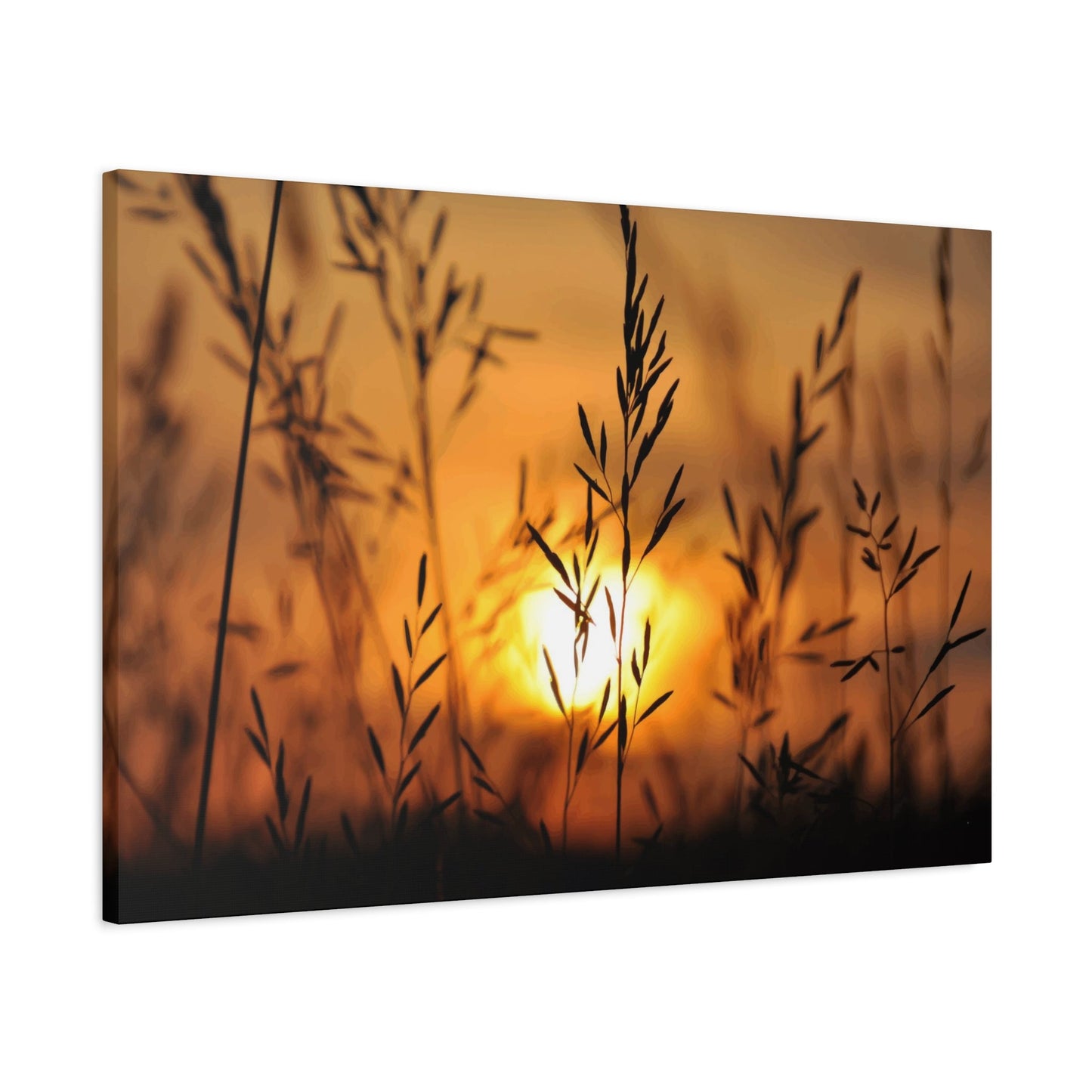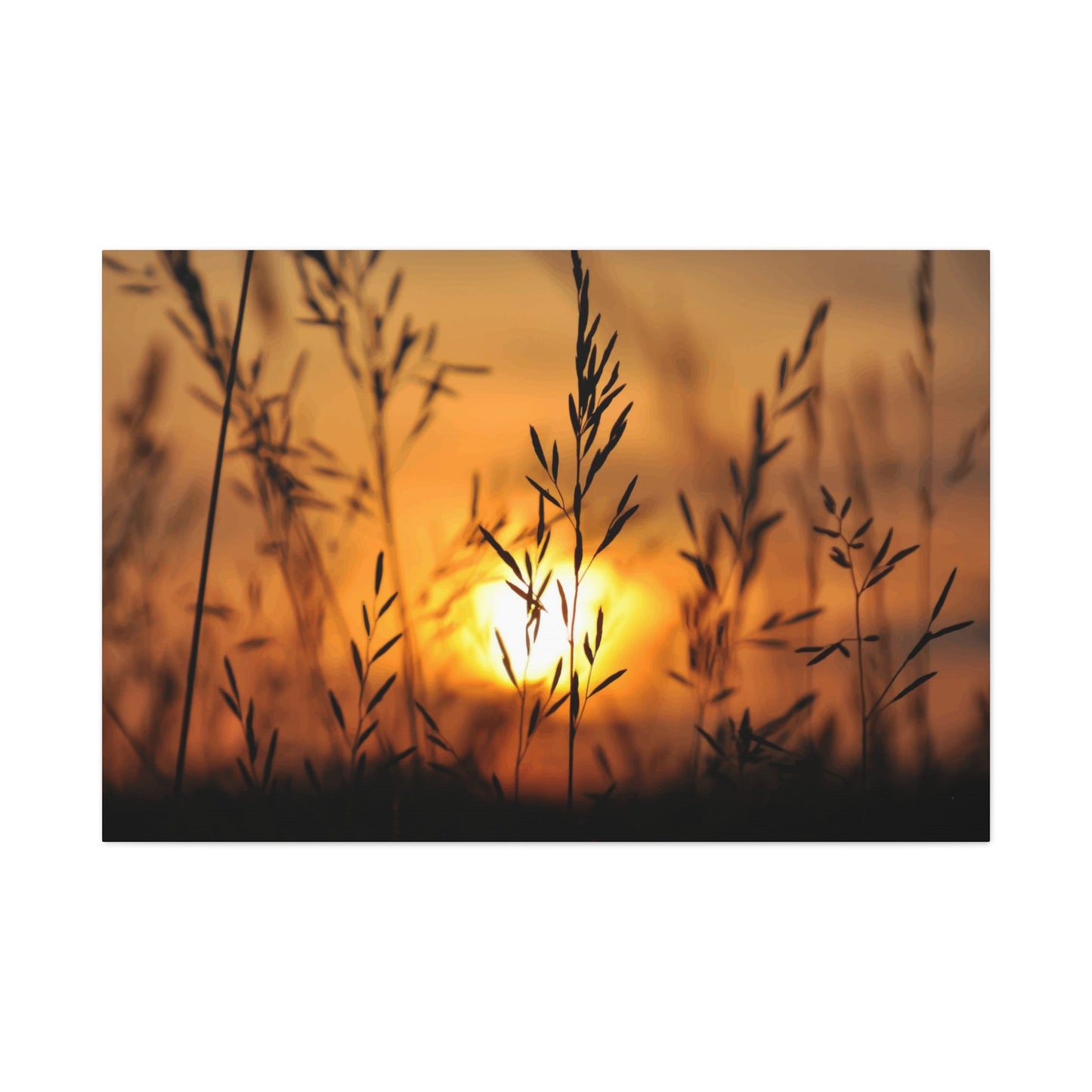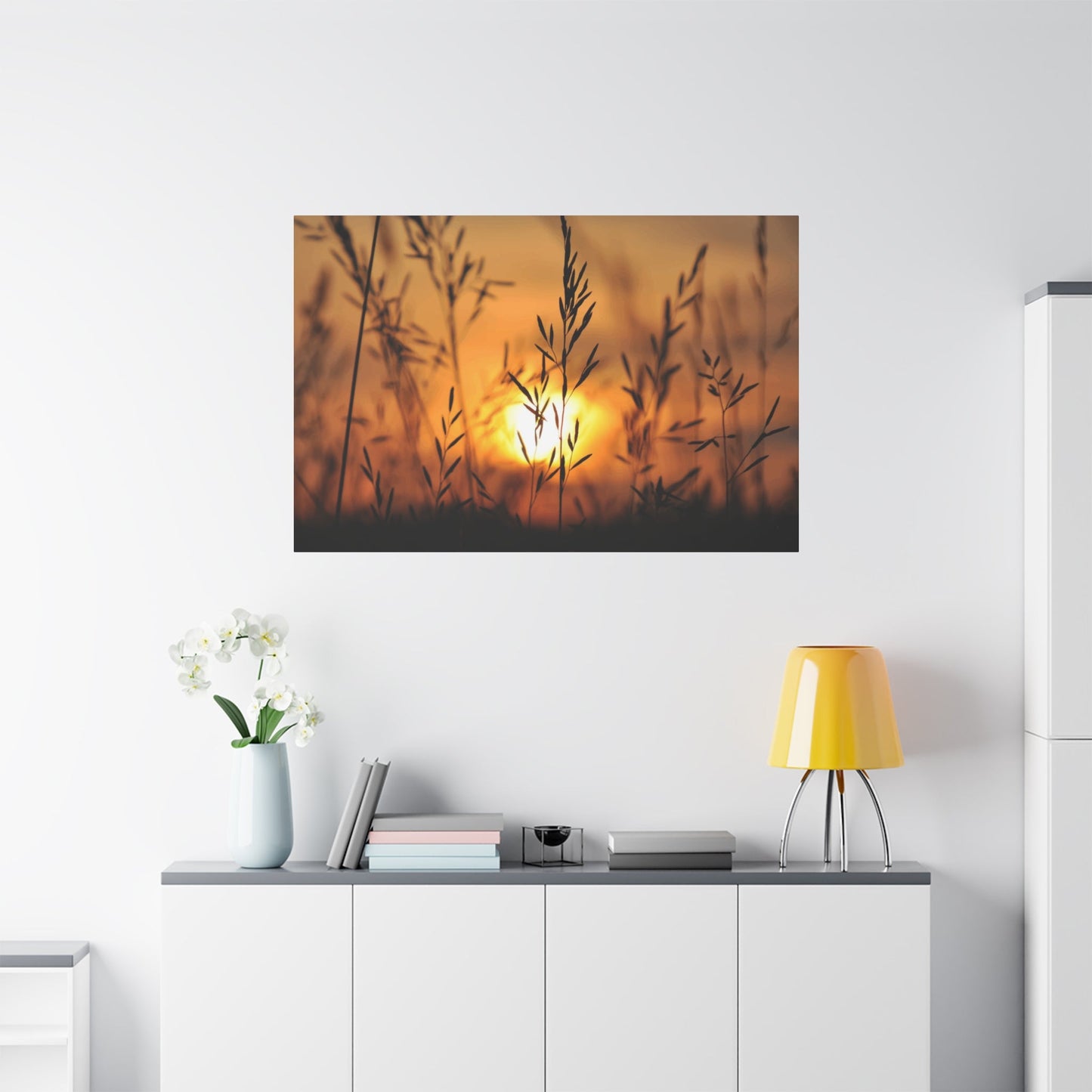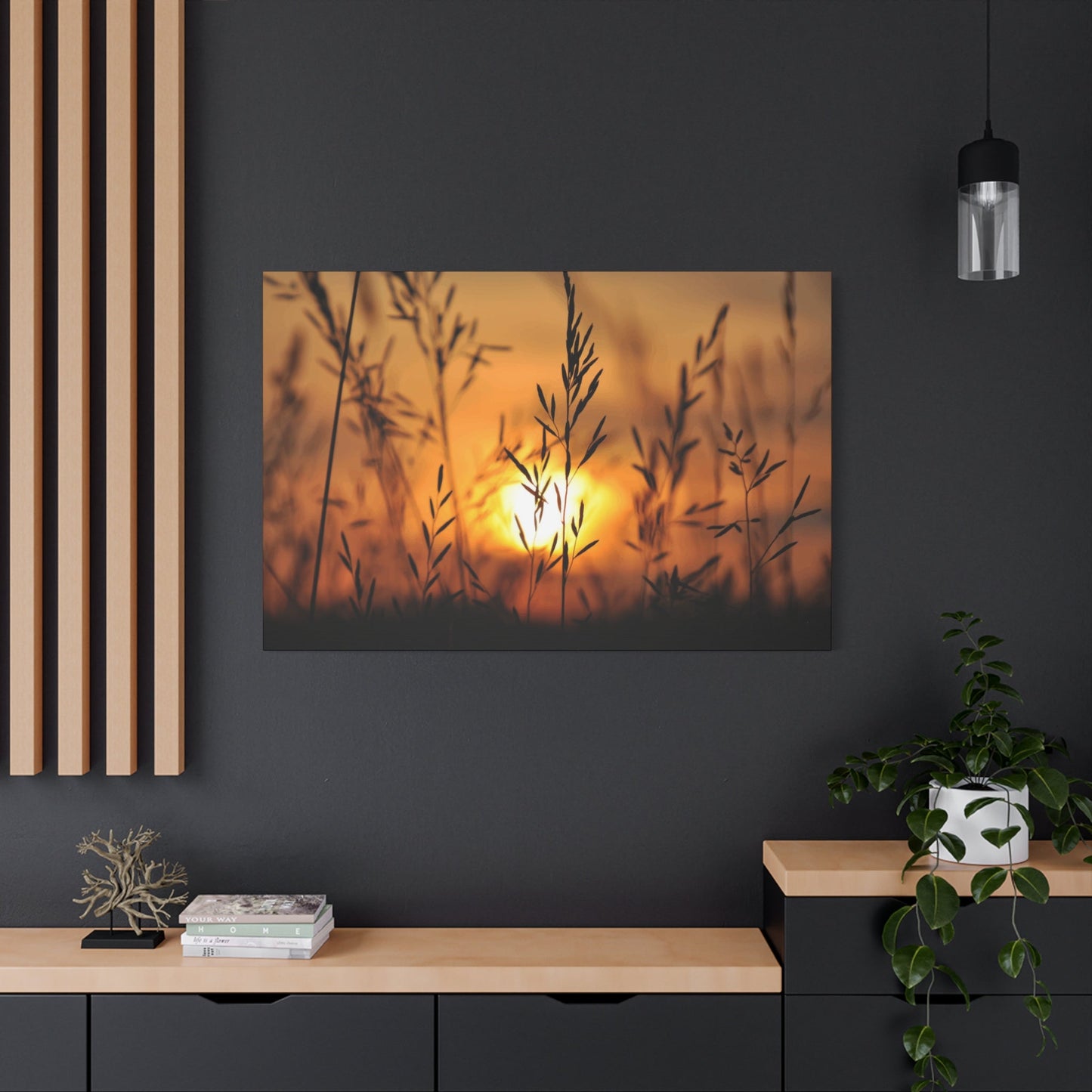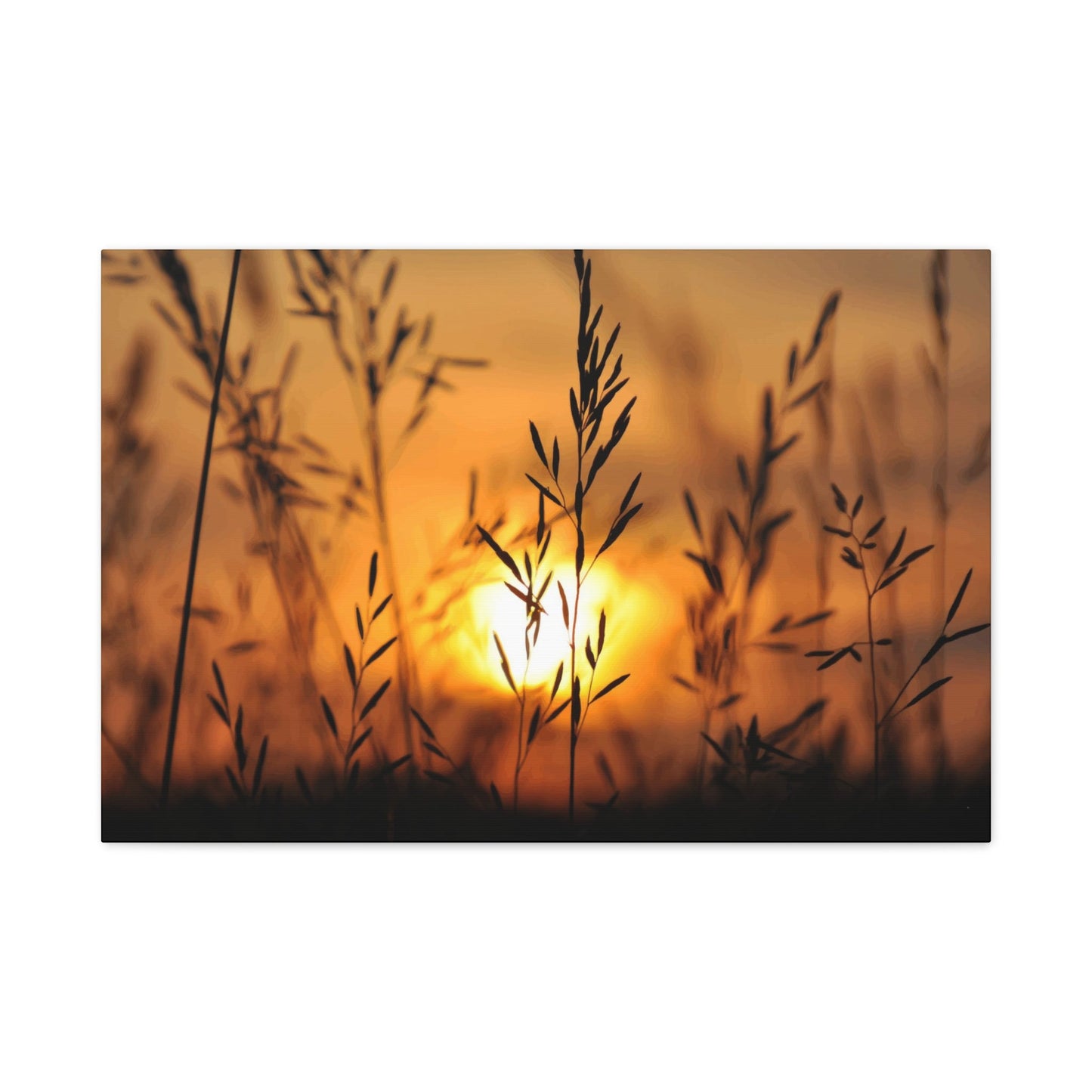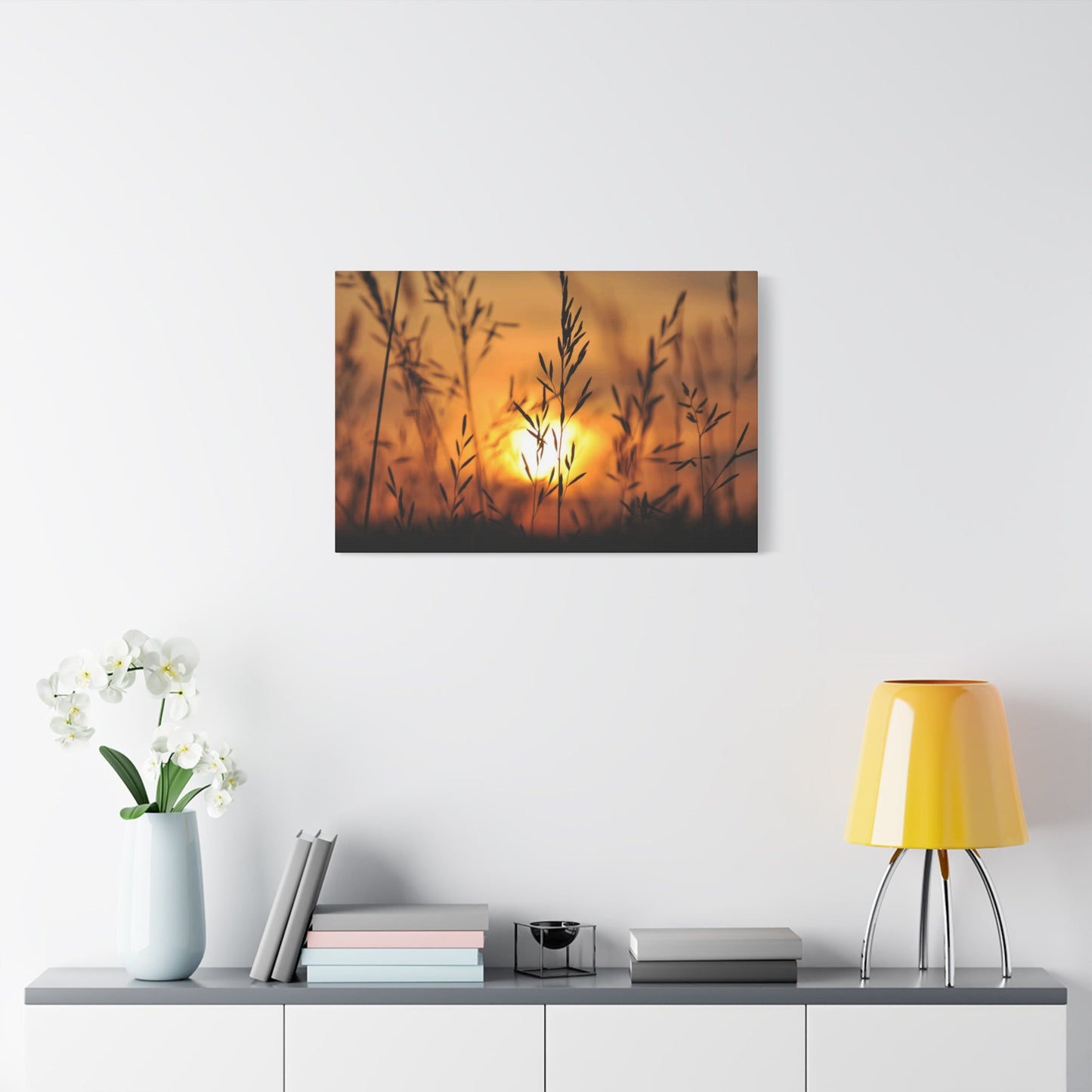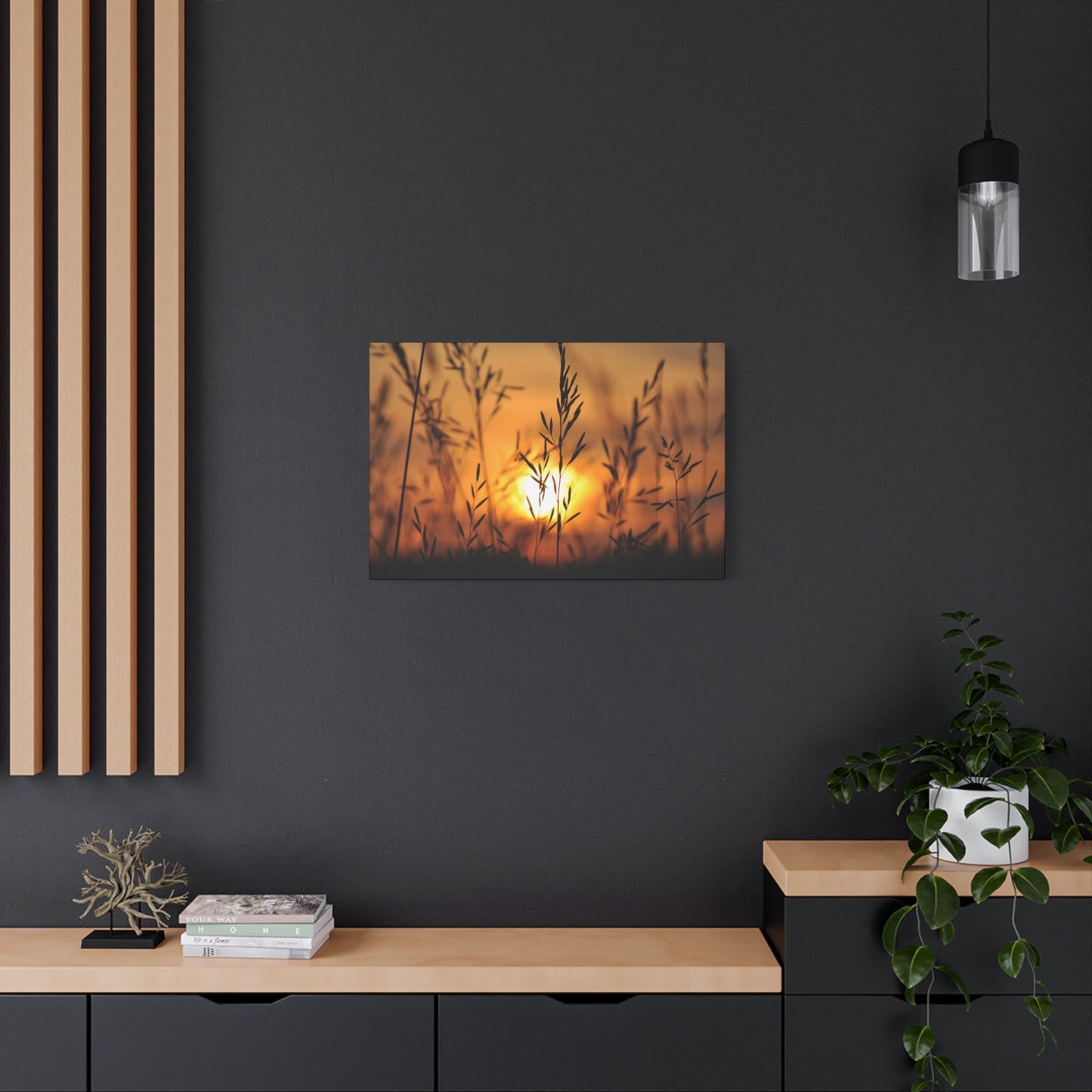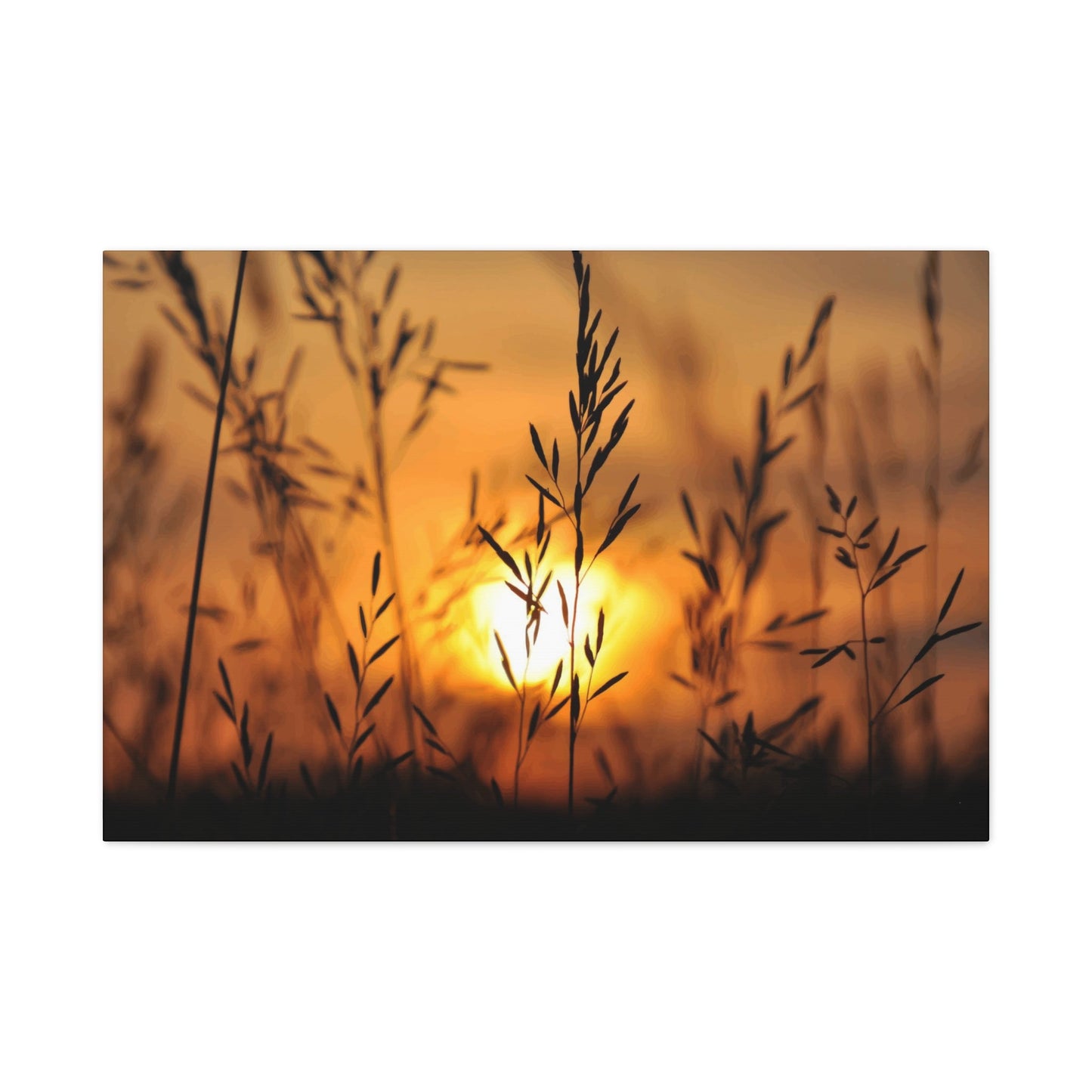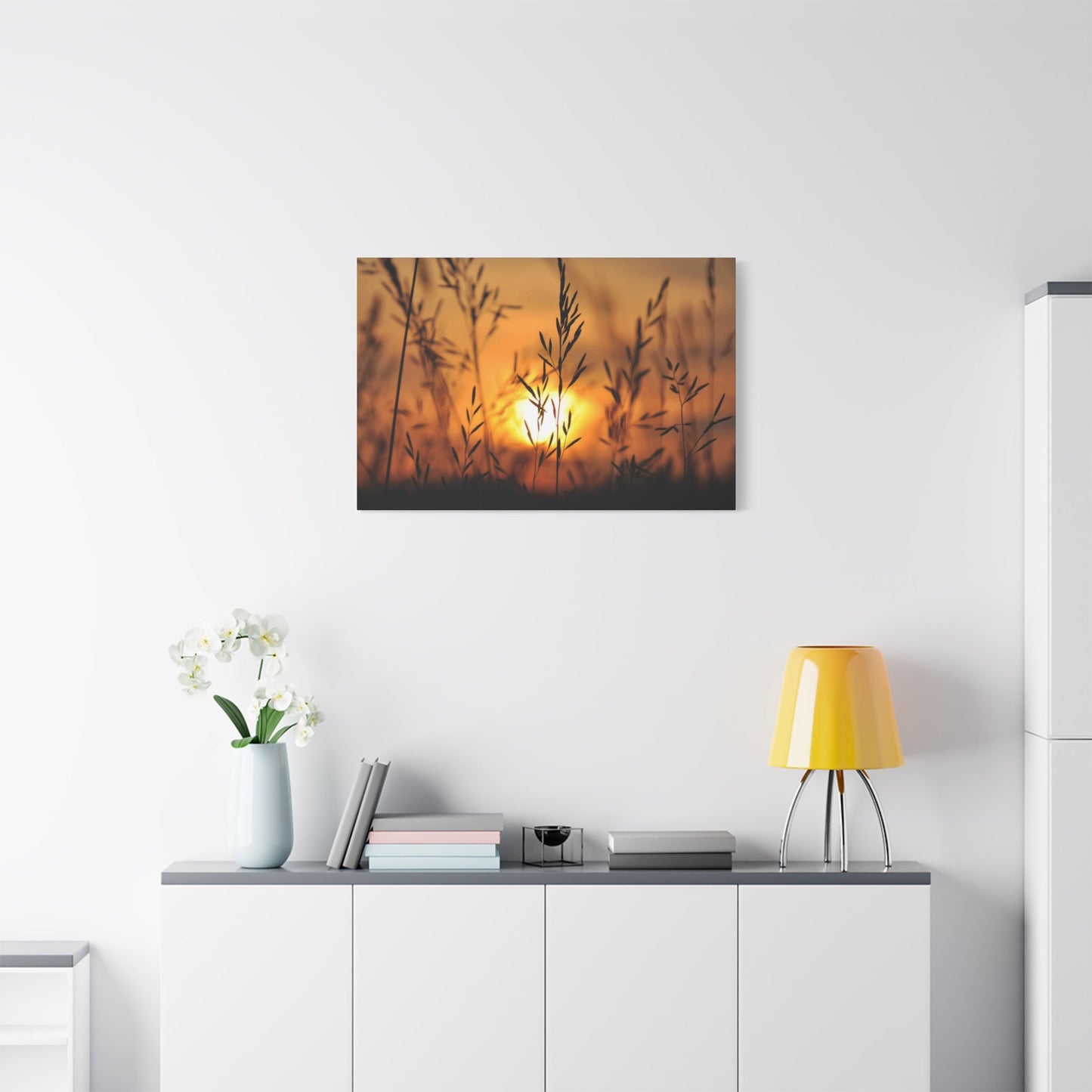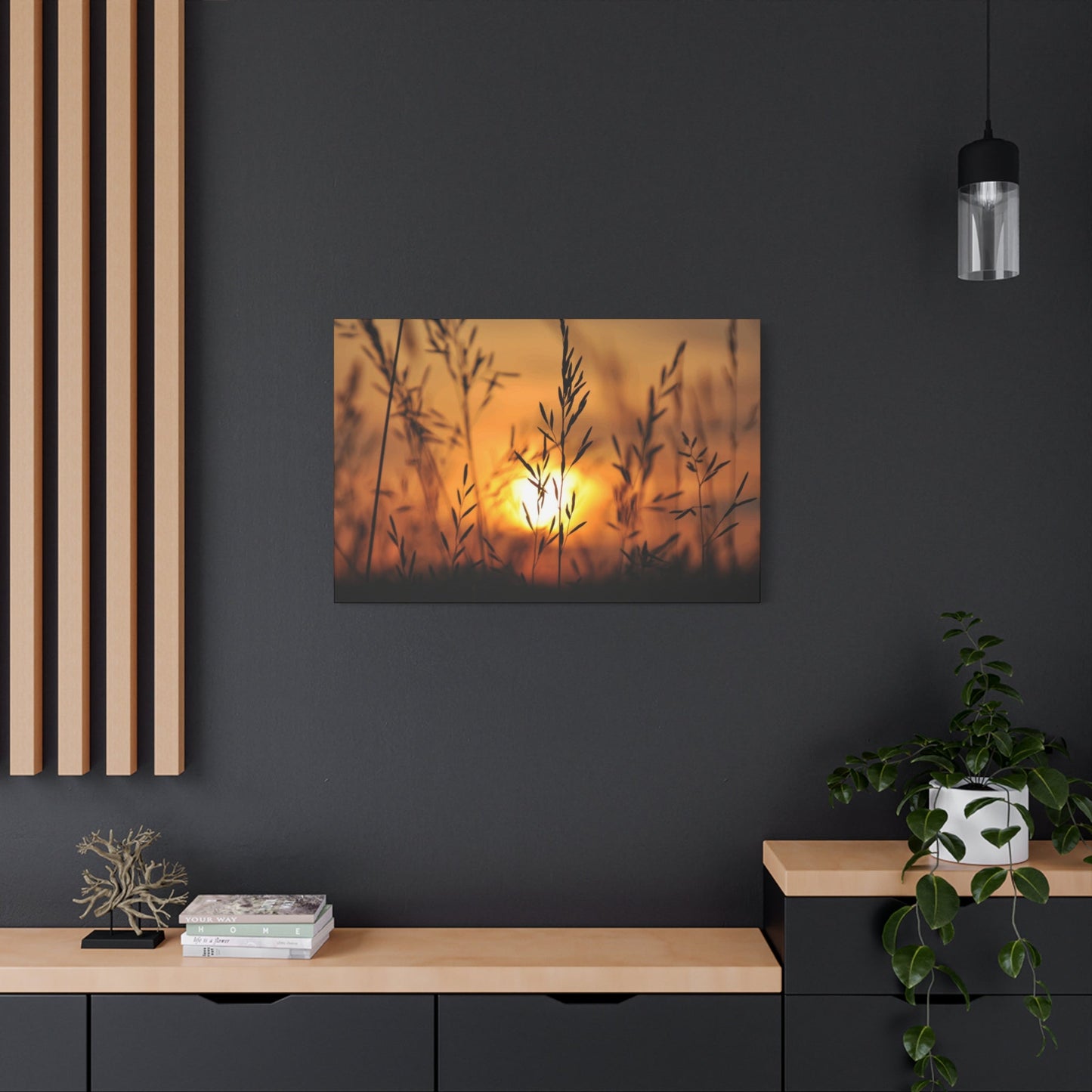Desert Dusk Wall Art: A Tranquil Touch of Twilight for Your Space
The enchanting beauty of desert twilight has captivated artists and art enthusiasts for generations. Desert dusk wall art represents one of the most compelling ways to bring the serene magnificence of these golden hour moments into your living environment. This artistic genre captures the ethereal transition from day to night in arid landscapes, showcasing the remarkable interplay of warm colors, dramatic silhouettes, and atmospheric depth that defines these magical moments.
Desert dusk wall art encompasses various artistic expressions, from traditional paintings and photography to contemporary digital interpretations and mixed media creations. These artworks typically feature the characteristic elements that make desert sunsets so captivating: vast open skies painted in brilliant oranges, deep purples, and soft pinks, silhouetted cacti and rock formations standing sentinel against the fading light, and the profound sense of tranquility that pervades these timeless landscapes.
The appeal of desert dusk wall art extends beyond mere aesthetic appreciation. These pieces serve as windows to contemplation, offering viewers a moment of respite from the complexities of daily life. The warm, soothing color palettes commonly found in desert twilight scenes create an atmosphere of comfort and relaxation, making them ideal additions to various home environments. Whether displayed in living rooms, bedrooms, or meditation areas, desert dusk wall art brings a sense of natural harmony and peaceful reflection to any room.
Contemporary artists and photographers continue to find inspiration in desert landscapes during the golden hour, creating innovative interpretations that range from hyperrealistic depictions to abstract expressions of the desert dusk experience. This diversity ensures that there are desert dusk wall art options suitable for virtually any decorative style, from rustic southwestern themes to modern minimalist aesthetics.
The enduring popularity of desert dusk wall art also reflects our collective desire to connect with nature, especially in increasingly urbanized environments. These artworks serve as reminders of the natural world's beauty and the profound peace that can be found in wilderness settings. They invite viewers to pause, breathe, and appreciate the simple yet profound beauty of a desert evening unfolding.
Capturing Desert Dusk in Wall Art
The art of capturing desert dusk requires a deep understanding of the unique atmospheric conditions and visual elements that define these extraordinary moments. Artists working in this genre must master the delicate balance between light and shadow, the subtle gradations of color that paint the evening sky, and the distinctive forms that populate desert landscapes.
Professional artists who specialize in desert dusk scenes often spend considerable time in actual desert environments, studying how light behaves during different seasons and weather conditions. They observe how the setting sun interacts with dust particles in the air, creating those ethereal hazes that soften distant mountains and add depth to the composition. This firsthand observation becomes crucial in creating authentic representations that resonate with viewers who may have experienced similar moments in nature.
The technical challenges of capturing desert dusk are considerable. Artists must render the subtle transitions between warm and cool tones that occur as daylight fades. The sky might display a spectrum ranging from brilliant yellow near the horizon to deep indigo at the zenith, with bands of orange, pink, and purple creating a natural gradient that requires skilled color mixing and application techniques.
Photography-based desert dusk wall art presents its own set of challenges and opportunities. Photographers must work quickly during the brief golden hour window, often using specialized equipment to capture the full dynamic range of light present in these scenes. HDR techniques and careful exposure management become essential tools for preserving both the brilliant highlights of the setting sun and the subtle details visible in shadowed areas.
Digital artists have brought new possibilities to desert dusk wall art, using advanced software to create hyper-detailed compositions that might be impossible to achieve through traditional media. These digital creations can combine photographic elements with painted textures, allowing for imaginative interpretations that push beyond the boundaries of realistic representation while still maintaining the essential emotional impact of desert dusk scenes.
Mixed media approaches to desert dusk wall art have gained popularity among contemporary artists. These works might incorporate natural materials like sand, small stones, or dried plant matter, adding textural elements that enhance the viewer's connection to the desert environment. Such pieces create multi-sensory experiences that go beyond visual appreciation alone.
The composition strategies used in desert dusk wall art often emphasize the dramatic contrast between foreground elements and the expansive sky. Artists frequently employ low horizon lines to maximize the sky's visual impact, allowing the spectacular color displays of desert sunsets to dominate the composition. This approach creates a sense of openness and grandeur that characterizes the best examples of this artistic genre.
Warm Color Palettes for Desert Dusk Paintings
The warm color palettes that define desert dusk paintings are perhaps the most immediately recognizable aspect of this artistic genre. These rich, saturated hues evoke the intense heat of desert days transitioning into the cooling embrace of evening, creating emotional resonance that draws viewers into the scene's peaceful atmosphere.
Traditional desert dusk color palettes center around the warm spectrum, with various shades of orange serving as the foundation. Cadmium orange, burnt orange, and vermillion create the intense glow of the setting sun, while more subtle peach and apricot tones suggest the gentle light reflecting off desert surfaces. These warm oranges often blend seamlessly with golden yellows, creating the luminous quality that makes desert sunsets so memorable.
Red tones play a crucial supporting role in desert dusk palettes. Deep crimson and burgundy colors appear in the most intense areas of the sunset, while lighter coral and salmon shades add variety and visual interest to the overall composition. These reds often intensify as they move toward the horizon, creating the illusion of atmospheric depth that characterizes successful desert dusk paintings.
Purple hues provide essential contrast and depth to warm-dominated desert dusk palettes. As the eye moves upward from the warm horizon colors, violets and lavenders create smooth transitions into the cooler tones of the upper atmosphere. These purples range from warm magenta shades that complement the reds and oranges below to cooler violet tones that bridge toward the blues of approaching night.
The role of pink in desert dusk color schemes cannot be overstated. Various pink tones, from soft rose to vibrant fuchsia, often appear in the mid-sky regions of desert sunset paintings. These colors add femininity and gentleness to compositions that might otherwise appear too intense or masculine. Pink tones also help create the soft, romantic quality that makes desert dusk art particularly appealing in residential settings.
Brown and earth tones ground desert dusk paintings, providing the foundation colors for foreground elements like rock formations, desert floor, and plant life. Raw sienna, burnt umber, and various ochre shades create realistic depictions of desert terrain while maintaining harmony with the warm sky colors above. These earth tones often contain hints of the warm colors reflected from the sky, creating subtle color echoes throughout the composition.
Contemporary artists working in desert dusk themes have expanded traditional palettes to include unexpected warm colors that maintain the genre's essential character while offering fresh interpretations. Coral, peach, and even warm amber tones appear in modern desert dusk works, creating unique variations that appeal to contemporary decorative sensibilities while preserving the emotional impact of traditional approaches.
The successful application of warm color palettes in desert dusk paintings requires understanding how these colors interact both optically and emotionally. Warm colors advance visually, creating the impression that painted elements are closer to the viewer. This characteristic makes warm-colored skies appear more immediate and emotionally engaging than cooler alternatives.
Temperature variation within warm palettes creates depth and visual interest. Artists achieve this by varying the intensity and saturation of warm colors throughout their compositions. Intense, saturated warm colors in the central focus areas gradually transition to more muted warm tones in peripheral areas, creating natural focal hierarchies that guide viewer attention through the painting.
The Beauty of Cacti at Desert Dusk
Cacti represent some of the most iconic and visually striking elements in desert dusk wall art. These remarkable plants, with their distinctive forms and adaptive characteristics, create compelling silhouettes and focal points that enhance the dramatic beauty of desert evening scenes. Their inclusion in desert dusk artwork serves both aesthetic and symbolic purposes, representing resilience, adaptation, and the unique beauty found in harsh environments.
The saguaro cactus, with its towering height and distinctive arm formations, frequently appears as a central element in desert dusk compositions. These majestic plants can reach heights of over forty feet, creating dramatic vertical elements that contrast beautifully with the horizontal expanse of desert landscapes. When silhouetted against colorful sunset skies, saguaros become powerful symbols of the American Southwest, instantly recognizable to viewers regardless of their geographic location.
Barrel cacti contribute different visual qualities to desert dusk scenes. Their rounded, compact forms create interesting textural contrasts with the linear elements of other desert plants. During the golden hour, the ribbed surfaces of barrel cacti catch and reflect light in fascinating ways, creating subtle gradations of light and shadow that add depth and visual interest to foreground compositions.
Prickly pear cacti offer unique opportunities for artists working in the desert dusk genre. Their flat, paddle-shaped segments create distinctive geometric forms that can be used to frame other compositional elements or create rhythmic patterns within the artwork. The edges of prickly pear pads often glow when backlit by setting sun, creating natural rim lighting effects that enhance their visual impact.
Cholla cacti, with their branching, tree-like structures, provide intermediate-scale elements that help create depth in desert dusk compositions. Their fuzzy, almost fur-like appearance softens the harsh edges often associated with desert plants, adding textural variety that enhances overall visual interest. When illuminated by the warm light of desert dusk, cholla joints can appear almost luminous, creating ethereal effects that enhance the magical quality of these evening scenes.
The seasonal aspects of cacti add temporal depth to desert dusk wall art. Many desert plants produce spectacular blooms during specific seasons, adding brilliant color accents to otherwise muted desert palettes. Prickly pear flowers in bright yellow or vivid pink create stunning contrasts with sunset skies, while the red flowers of some barrel cacti species provide complementary color relationships that enhance overall compositional harmony.
Artists working with cacti in desert dusk scenes must understand the growth patterns and natural arrangements of these plants. Cacti don't grow randomly across desert landscapes; they respond to specific environmental conditions including water availability, soil composition, and microclimatic factors. Realistic desert dusk artwork reflects these natural distribution patterns, creating authentic-feeling compositions that resonate with viewers familiar with actual desert environments.
The symbolic significance of cacti in desert dusk wall art extends beyond their visual appeal. These plants represent survival, endurance, and finding beauty in challenging circumstances. For many viewers, cacti symbolize strength and resilience, making desert dusk artwork featuring these plants particularly meaningful in home environments where these qualities are valued and celebrated.
Lighting effects on cacti during desert dusk create some of the most spectacular visual opportunities in this artistic genre. The waxy surfaces of many cacti species reflect warm sunset light in subtle but beautiful ways, while their spines can create intricate shadow patterns on the plant surfaces and surrounding ground. These lighting effects require careful observation and skilled rendering to capture effectively in wall art.
Contemporary interpretations of cacti in desert dusk scenes have expanded beyond traditional realistic representations. Abstract treatments might emphasize the geometric qualities of cactus forms or explore the textural possibilities of spine patterns. Stylized approaches can reduce cacti to essential shapes while maintaining their recognizability, creating modern interpretations suitable for contemporary home environments.
Using Silhouettes in Desert Dusk Art
Silhouettes represent one of the most powerful and evocative techniques employed in desert dusk wall art. The dramatic contrast between dark foreground forms and luminous sunset skies creates visual impact that immediately captures viewer attention while conveying the profound sense of scale and atmosphere that characterizes desert evening landscapes.
The effectiveness of silhouettes in desert dusk art stems from their ability to simplify complex forms into essential shapes that communicate maximum information with minimal detail. When desert plants, rock formations, or architectural elements are rendered as dark shapes against brilliant skies, viewers focus on overall form and composition rather than specific textures or surface details. This simplification creates a sense of timelessness and universality that enhances the emotional impact of desert dusk scenes.
Creating effective silhouettes requires careful attention to shape recognition and compositional balance. The forms chosen for silhouette treatment must be immediately recognizable and visually interesting even when reduced to simple dark shapes. Saguaro cacti work exceptionally well as silhouettes because their distinctive forms remain clearly identifiable regardless of lighting conditions. Similarly, the jagged profiles of desert mountain ranges create dramatic skyline silhouettes that enhance the sense of place in desert dusk compositions.
The placement of silhouetted elements within desert dusk compositions requires strategic planning. These dark shapes serve as visual anchors that ground the composition and provide reference points for scale and depth. Effective silhouette placement often follows compositional principles like the rule of thirds, positioning major silhouetted elements at intersecting points that create natural focal areas within the artwork.
Layered silhouettes create depth and atmospheric perspective in desert dusk wall art. Artists might render foreground elements as deep, rich blacks while depicting more distant forms in slightly lighter values that suggest atmospheric haze. This technique, known as aerial perspective, mimics the way distant objects appear less distinct due to atmospheric interference, creating convincing illusions of depth in two-dimensional artworks.
The emotional impact of silhouettes in desert dusk art relates closely to their symbolic associations. Dark shapes against luminous backgrounds often suggest mystery, contemplation, and the transition between known and unknown realms. This symbolism makes silhouetted desert dusk scenes particularly effective in creating meditative or contemplative atmospheres in residential environments.
Technical approaches to creating silhouettes vary depending on the artistic medium employed. In traditional painting, silhouettes might be created by applying dark colors over previously established background areas, or by preserving dark shapes while painting around them with lighter sky colors. Watercolor artists often use masking techniques to preserve white paper areas that will later become luminous sky regions, painting silhouettes as the final compositional elements.
Photography-based desert dusk wall art achieves silhouette effects through careful exposure management. Photographers typically expose for the bright sky areas, allowing foreground elements to fall into shadow and become silhouetted. Advanced techniques might involve HDR processing or careful masking to optimize both sky detail and silhouette definition within the same composition.
Digital artists have unprecedented control over silhouette effects in desert dusk artwork. Software tools allow precise selection and modification of specific areas, enabling artists to adjust the darkness and edge quality of silhouetted elements independently of background areas. This control permits fine-tuning that can enhance the overall impact of silhouette-based compositions.
The integration of multiple silhouetted elements requires careful attention to visual hierarchy and compositional flow. Primary silhouettes should dominate the composition while secondary elements provide supporting visual interest without competing for attention. This hierarchical arrangement guides viewer attention through the artwork in planned sequences that enhance overall viewing experience.
Texture Techniques for Desert Landscape Art
Texture plays a crucial role in creating compelling and realistic desert dusk wall art. The varied surfaces found in desert environments, from smooth rock faces to rough bark textures and fine sand patterns, require diverse technical approaches to render effectively. Mastering these texture techniques allows artists to create desert dusk artwork that engages viewers on both visual and tactile levels.
Rock formations present some of the most challenging and rewarding texture opportunities in desert landscape art. Desert rocks exhibit incredible variety, from the smooth, wind-polished surfaces of ancient formations to the rough, crystalline textures of more recent geological features. Artists must observe how different rock types reflect and absorb light during the golden hour, noting how surface textures affect the appearance of warm sunset illumination.
Sandstone textures require particular attention in desert dusk wall art because these formations are so common in popular desert destinations. The layered, stratified appearance of sandstone creates natural horizontal lines that can enhance compositional structure while adding visual interest through texture variation. Artists often use techniques like dry brush application or palette knife work to simulate the granular surface quality that characterizes sandstone formations.
Sand textures present unique challenges because they must appear realistic without becoming visually distracting. Desert sand exhibits subtle color variations and surface patterns created by wind action. During desert dusk, sand surfaces often reflect warm light from the setting sun, creating gentle luminosity that contrasts with the darker values of rock formations and plant life. Artists achieve sand textures through various techniques including stippling, gentle brush work, and careful attention to reflected light patterns.
Plant textures in desert environments range from the smooth, waxy surfaces of cacti to the rough bark of desert trees and the fine, hair-like coverings of some desert shrubs. Each type of plant texture responds differently to the warm light of desert dusk, requiring specific rendering techniques to capture authentically. Cactus surfaces often display subtle reflective qualities that create gentle highlights, while rougher plant textures tend to absorb light and appear more uniformly dark in silhouette situations.
Traditional painting techniques for achieving desert textures include impasto application for rough rock surfaces, glazing for smooth stone areas, and various brush techniques for different plant textures. Palette knife work can effectively simulate the angular, fractured surfaces of some rock formations, while fine brush work might be necessary for detailed plant textures or sand patterns.
Mixed media approaches to desert texture creation have gained popularity among contemporary artists. Real sand can be mixed with paint to create authentic sand textures, while small stones or crushed materials might be incorporated to suggest rocky surfaces. These dimensional elements add tactile qualities that enhance viewer engagement with desert dusk artwork.
Digital texture creation offers unlimited possibilities for desert landscape art. High-resolution texture libraries provide source materials that can be combined and modified to create convincing surface effects. Layer blending modes allow digital artists to combine multiple texture elements while maintaining overall compositional coherence and color harmony.
The interaction between texture and lighting becomes particularly important in desert dusk scenes. Rough textures create complex shadow patterns when illuminated by low-angle sunlight, while smooth surfaces tend to reflect light more uniformly. Artists must understand these relationships to create convincing lighting effects that enhance the overall realism and emotional impact of their desert dusk compositions.
Atmospheric effects also influence texture rendering in desert landscape art. Dust and haze in the air can soften distant textures while preserving sharp detail in foreground elements. This atmospheric perspective helps create depth while ensuring that textural elements support rather than compete with the overall compositional goals of desert dusk wall art.
Scale relationships affect how textures should be rendered in desert dusk artwork. Large-scale pieces can accommodate fine textural detail that would become lost in smaller formats. Artists must adjust their textural approaches based on the intended viewing distance and final size of their desert dusk wall art pieces.
Abstract vs Realistic Desert Dusk Scenes
The choice between abstract and realistic approaches in desert dusk wall art represents one of the most fundamental decisions facing artists working in this genre. Each approach offers distinct advantages and appeals to different aesthetic preferences, allowing for diverse interpretations of the desert dusk experience that can suit various decorative needs and personal tastes.
Realistic desert dusk scenes aim to capture the actual visual experience of witnessing sunset in desert environments. These artworks prioritize accurate color relationships, convincing spatial depth, and recognizable forms that allow viewers to immediately understand and connect with the depicted landscape. Realistic approaches often require extensive observation of actual desert environments, careful study of lighting conditions, and technical skills sufficient to render complex visual relationships convincingly.
The appeal of realistic desert dusk art lies in its accessibility and immediate emotional connection. Viewers who have experienced desert sunsets personally can relate directly to accurate depictions, while those unfamiliar with desert environments gain authentic insights into these remarkable landscapes. Realistic desert dusk wall art serves as visual documentation that preserves and celebrates the natural beauty of these environments.
Technical demands of realistic desert dusk art include mastering color temperature relationships, understanding atmospheric perspective, and developing skills in rendering various surface textures. Artists must accurately depict how warm sunset light interacts with different materials, from the reflective surfaces of cacti to the absorptive qualities of desert sand. Perspective skills become crucial for creating convincing spatial relationships between foreground, middle ground, and distant elements.
Abstract desert dusk scenes prioritize emotional and aesthetic impact over literal representation. These artworks might reduce desert elements to essential forms, colors, and relationships while maintaining the essential feeling of desert dusk experiences. Abstract approaches allow for personal interpretation and creative freedom that can result in highly original and emotionally powerful wall art pieces.
Color relationships in abstract desert dusk art can be pushed beyond naturalistic limits to enhance emotional impact. Artists might intensify warm color palettes, create unusual color combinations, or emphasize particular aspects of desert dusk experiences through selective color emphasis. This freedom allows for innovative interpretations that surprise and delight viewers while maintaining connection to the source inspiration.
Compositional freedom in abstract desert dusk art enables artists to reorganize spatial relationships, emphasize particular elements, or create rhythmic patterns that enhance the overall aesthetic impact. Traditional perspective rules can be abandoned in favor of arrangements that serve expressive rather than representational goals, resulting in unique and memorable wall art pieces.
Semi-abstract approaches combine elements of both realistic and abstract strategies, creating artworks that maintain recognizable desert dusk elements while incorporating expressive modifications that enhance aesthetic appeal. These compromise approaches often prove particularly successful in residential settings where some recognizability is desired without sacrificing artistic innovation.
The choice between abstract and realistic approaches often relates to intended display environments. Realistic desert dusk art might be preferred in traditional decorative schemes where recognizable subject matter feels most appropriate. Abstract approaches might better suit contemporary environments where innovative artistic expression is more highly valued than literal representation.
Scale considerations affect the abstract versus realistic decision. Large-scale desert dusk wall art can accommodate the fine detail required for convincing realism, while smaller pieces might benefit from the simplified forms and bold color relationships possible in abstract approaches. The intended viewing distance also influences this choice, as distant viewing favors simpler, more abstract treatments.
Contemporary trends in desert dusk wall art increasingly favor approaches that combine abstract and realistic elements selectively within single compositions. Artists might render sky areas realistically while treating foreground elements abstractly, or vice versa. These hybrid approaches offer fresh interpretations that appeal to diverse aesthetic preferences while maintaining the essential character that defines desert dusk art.
Market considerations also influence abstract versus realistic choices. Some collectors prefer the immediate appeal of realistic desert dusk scenes, while others seek the unique artistic vision offered by abstract interpretations. Successful artists working in this genre often develop signature approaches that combine elements of both strategies in recognizable personal styles.
How to Style a Room with Desert Dusk Art
Incorporating desert dusk wall art into residential environments requires thoughtful consideration of color relationships, scale proportions, and overall decorative harmony. These artworks, with their characteristic warm color palettes and serene atmospheric qualities, can transform living environments by introducing natural beauty and contemplative calm that enhances daily life experiences.
The warm color palettes typical of desert dusk art work exceptionally well with earth-tone decorative schemes. Rooms featuring natural materials like wood, stone, and leather create harmonious settings for desert dusk artwork, as these materials share the warm, organic qualities that define desert landscapes. The oranges, reds, and golden tones in desert dusk pieces complement the natural variations found in wood grains and stone surfaces.
Contemporary decorative approaches can successfully incorporate desert dusk wall art by focusing on color harmony rather than thematic consistency. Modern furniture in warm metals like copper or brass creates beautiful relationships with the metallic qualities often present in desert dusk skies. Clean-lined contemporary pieces in warm wood tones provide sophisticated backdrops that allow desert dusk artwork to serve as focal points without creating decorative conflicts.
Scale relationships become crucial when positioning desert dusk wall art within residential environments. Large-scale pieces work effectively as statement elements above sofas, beds, or dining tables, where their expansive sky areas can create feelings of openness and grandeur. Medium-sized pieces work well in groupings or as supporting elements that enhance overall room composition without dominating the visual environment.
Lighting considerations significantly impact how desert dusk wall art appears in residential settings. Natural lighting from windows can enhance or compete with the warm tones in desert dusk pieces, depending on orientation and time of day. East-facing rooms receive cool morning light that contrasts beautifully with warm desert dusk colors, while west-facing spaces get warm afternoon light that harmonizes naturally with these artworks.
Artificial lighting requires careful planning to optimize desert dusk wall art display. Warm LED fixtures or traditional incandescent lighting enhance the natural warmth of desert dusk pieces, while cool fluorescent lighting can diminish their emotional impact. Picture lighting or track lighting allows precise illumination control that can dramatically enhance the viewing experience of desert dusk artwork.
Color coordination throughout room environments helps integrate desert dusk wall art successfully. Accent pillows, throws, or accessories in colors that echo the artwork create visual connections that unify decorative schemes. However, these color relationships should remain subtle rather than literal matches, allowing the artwork to maintain its role as a focal element rather than becoming part of an overly coordinated ensemble.
Furniture arrangement can enhance or detract from desert dusk wall art impact. Seating arrangements that face artwork create opportunities for contemplative viewing, while furniture that competes for attention might diminish the artwork's effectiveness. Creating clear sight lines to desert dusk pieces ensures they can fulfill their role as meditative focal points within residential environments.
Textural relationships throughout room environments can support desert dusk artwork themes. Natural fiber rugs, woven baskets, or rough-textured pottery echo the organic qualities found in desert landscapes, creating thematic coherence without literal decoration. These supporting elements should remain secondary to the artwork while contributing to overall atmospheric goals.
Multiple desert dusk pieces within single rooms require careful coordination to avoid visual competition. Varying sizes and intensities can create hierarchical arrangements where one piece dominates while others provide supporting interest. Alternatively, series of related pieces can create gallery-wall arrangements that make powerful decorative statements while maintaining thematic unity.
Seasonal decorative changes can enhance desert dusk wall art throughout the year. Warm textile additions during cooler months can echo the cozy feelings suggested by desert dusk scenes, while lighter, more minimal summer arrangements can emphasize the spacious, airy qualities of desert landscapes. These seasonal adjustments keep desert dusk artwork fresh and relevant year-round.
Room-specific considerations affect desert dusk wall art placement strategies. Bedroom installations should emphasize the calming, restful qualities of these scenes, while living room placements can focus on their ability to create conversation focal points. Kitchen or dining room installations might emphasize the warm, welcoming aspects of desert dusk imagery.
Famous Artists Inspired by Desert Dusk
The artistic tradition of capturing desert dusk scenes has attracted numerous renowned artists throughout history, each bringing unique perspectives and technical approaches to this compelling subject matter. These artists have established the aesthetic foundations and expressive possibilities that continue to influence contemporary desert dusk wall art creators today.
Georgia O'Keeffe stands among the most celebrated artists associated with desert landscape painting, though her work extended far beyond literal representation. Her time in New Mexico profoundly influenced her artistic development, and her interpretations of desert forms and colors established new ways of seeing and depicting these environments. O'Keeffe's bold use of color and simplified forms created a visual language that emphasized the essential qualities of desert beauty rather than documentary accuracy.
O'Keeffe's approach to desert scenes often focused on close-up views of desert elements, transforming ordinary subjects like bleached bones or rock formations into powerful abstract compositions. Her color choices frequently emphasized the warm palettes associated with desert dusk, using intense oranges, reds, and purples to create emotional rather than purely observational responses to desert environments.
Maynard Dixon emerged as a master of southwestern landscape painting during the early twentieth century, developing a distinctive style that captured the grandeur and atmospheric qualities of desert regions. His desert dusk scenes typically featured bold, simplified forms silhouetted against dramatic skies, creating compositions that emphasized the monumental scale and timeless quality of desert landscapes.
Dixon's technical approach combined careful observation with artistic interpretation, resulting in paintings that felt both authentic and expressive. His treatment of cloud formations and atmospheric effects in desert dusk scenes influenced generations of artists working in similar themes, establishing visual conventions that remain relevant in contemporary desert dusk wall art.
Ed Mell represents a contemporary master of desert landscape painting, known for his angular, stylized interpretations of southwestern scenes. His approach to desert dusk subjects combines realistic observation with geometric simplification, creating artworks that feel both modern and timeless. Mell's distinctive style has influenced numerous contemporary artists working in desert themes.
Mell's color choices in desert dusk scenes often push beyond naturalistic accuracy to achieve enhanced emotional impact. His use of intense, saturated colors creates artwork that captures the feeling of desert dusk experiences rather than merely documenting their visual appearance. This expressive approach has proven particularly influential in contemporary desert dusk wall art creation.
Wilson Hurley gained recognition for his large-scale landscape paintings that captured the atmospheric grandeur of southwestern environments. His technical mastery of sky painting techniques made his desert dusk scenes particularly compelling, as he could render the complex color transitions and cloud formations that make desert sunsets so spectacular.
Hurley's attention to atmospheric perspective and his ability to suggest vast spatial relationships made his desert dusk paintings particularly effective as wall art. His works demonstrate how technical skill in rendering sky effects can elevate desert dusk scenes from simple landscape documentation to powerful emotional experiences.
Contemporary photographers like Marc Adamus and Michael Fatali have brought new perspectives to desert dusk imagery through their innovative use of digital techniques and their dedication to capturing extraordinary moments in desert environments. Their work demonstrates how modern technology can enhance rather than replace artistic vision in creating compelling desert dusk wall art.
These contemporary artists often combine multiple exposures or use advanced processing techniques to capture the full dynamic range of light present during desert dusk conditions. Their technical innovations have influenced both photographers and painters working in desert themes, showing how traditional subjects can be revitalized through new approaches and technologies.
The influence of these established masters continues to shape contemporary desert dusk wall art creation. Young artists study the color relationships established by O'Keeffe, the compositional strategies developed by Dixon, and the technical innovations pioneered by contemporary practitioners. This ongoing dialog between historical precedent and contemporary innovation ensures that desert dusk art continues to evolve while maintaining its essential emotional appeal.
Regional artistic traditions have also contributed to desert dusk art development. Native American artists have brought cultural perspectives that emphasize spiritual relationships with desert environments, while Mexican artists have contributed vibrant color traditions that enhance the warm palettes typical of desert dusk scenes. These diverse influences continue to enrich the artistic possibilities available to contemporary desert dusk wall art creators.
Desert Dusk Photography as Wall Decor
Photography has emerged as one of the most popular mediums for creating desert dusk wall art, offering unique advantages in capturing the subtle color relationships and atmospheric effects that define these extraordinary natural phenomena. Photographic desert dusk wall decor combines technical precision with artistic vision to preserve fleeting moments of natural beauty that can enhance residential environments indefinitely.
The technical challenges of desert dusk photography require specialized equipment and advanced shooting techniques. The extreme contrast between brilliant sunset skies and darker foreground elements pushes camera sensors beyond their normal capabilities, requiring photographers to employ HDR techniques, graduated neutral density filters, or careful exposure bracketing to capture acceptable detail in both highlight and shadow areas.
Timing considerations make desert dusk photography particularly demanding. The optimal light conditions for these dramatic scenes typically last only 10-30 minutes, requiring photographers to arrive at locations well-prepared with equipment set up and compositions planned in advance. This narrow window of opportunity means that successful desert dusk photographers must combine technical expertise with efficient field procedures.
Location scouting becomes crucial for effective desert dusk photography. Photographers must identify viewpoints that offer compelling foreground elements, interesting sky areas, and clear western exposures that allow sunset light to illuminate their scenes effectively. Popular desert destinations like Arizona's Sonoran Desert, Utah's canyon country, and New Mexico's high desert regions offer countless opportunities for spectacular desert dusk photography.
Compositional considerations in desert dusk photography often emphasize the relationship between terrestrial and celestial elements. Successful photographers learn to balance the visual weight of dramatic sky areas with interesting foreground subjects, creating compositions that feel harmonious rather than top-heavy or bottom-heavy. The rule of thirds often proves helpful in achieving these balanced relationships.
Post-processing techniques have revolutionized desert dusk photography, allowing photographers to optimize color relationships and tonal ranges that might be impossible to achieve through capture alone. Careful use of saturation adjustments, luminosity masking, and selective color modifications can enhance the natural beauty of desert dusk scenes without creating unrealistic or over-processed appearances.
Print quality considerations significantly impact the effectiveness of desert dusk photography as wall decor. High-quality printing processes that accurately reproduce subtle color transitions and maintain detail in both highlight and shadow areas are essential for creating museum-quality wall art. Archival printing materials ensure that these pieces will maintain their visual impact for decades without fading or color shifting.
Size considerations for photographic desert dusk wall art depend on intended viewing distances and available wall areas. Large-format prints can showcase the fine detail and subtle gradations possible in high-resolution digital photography, while smaller prints might emphasize overall composition and color relationships rather than minute details.
Matting and framing choices significantly affect how photographic desert dusk wall art integrates with residential environments. Neutral matting colors allow the warm tones of desert dusk scenes to dominate, while frame selections can either complement or contrast with the artwork's overall character. Contemporary metal frames often work well with modern interpretations, while traditional wood frames might better suit classic approaches.
Display lighting for photographic desert dusk wall art requires careful consideration to avoid reflections while ensuring adequate illumination. UV-filtering glass or acrylic glazing protects prints from light damage while minimizing glare issues. LED picture lighting systems offer precise illumination control that can enhance viewing while minimizing heat and UV damage concerns.
Contemporary digital printing technologies have made high-quality desert dusk photography wall art more accessible than ever before. Giclee printing processes can reproduce the subtle color transitions and fine detail that characterize the best desert dusk photography, while alternative printing surfaces like canvas or metal provide different aesthetic options that suit various decorative preferences.
Limited edition considerations add collectible value to photographic desert dusk wall art. Photographers often release their best work in numbered editions that enhance exclusivity while ensuring that purchasers acquire unique pieces rather than mass-produced decorative items. This approach elevates photographic desert dusk art from simple decoration to serious artistic investment.
Creating Mood with Desert Sunset Colors
The psychological and emotional effects of color make desert sunset palettes particularly powerful tools for creating specific moods within residential environments. The warm, saturated hues characteristic of desert dusk scenes naturally promote feelings of comfort, relaxation, and contemplative calm that can significantly enhance the quality of daily living experiences.
Color psychology research demonstrates that warm colors like the oranges, reds, and yellows prevalent in desert sunset scenes tend to create feelings of energy, warmth, and optimism. These colors stimulate emotional responses that can help counteract the stress and fatigue often associated with modern living, making desert dusk wall art particularly valuable in creating restorative home environments.
The specific color combinations found in desert dusk scenes offer unique mood-creating possibilities that distinguish them from other warm color palettes. The progression from intense yellow-orange near the horizon through deeper oranges and reds to purple and violet tones higher in the sky creates natural gradients that feel harmonious and soothing rather than overwhelming or aggressive.
Orange hues, which dominate many desert sunset palettes, are associated with creativity, enthusiasm, and social warmth. Rooms featuring desert dusk wall art in orange-heavy palettes often feel more welcoming and conducive to social interaction, making these pieces particularly effective in living rooms, dining areas, and other gathering locations within homes.
Red accents in desert sunset colors add intensity and passion to room environments without becoming overwhelming. Unlike pure red colors that might feel aggressive or demanding, the red tones found in desert dusk scenes are typically softened by atmospheric effects and balanced by surrounding warm colors, creating energizing effects that remain comfortable and livable.
Conclusion
Desert dusk wall art beautifully captures the tranquil and mesmerizing moments when day transitions into night across the vast, serene desert landscape. This style of art brings a sense of calm and peacefulness into your home, evoking the soft hues and gentle light of twilight. By incorporating these soothing colors and natural themes, desert dusk pieces create an inviting atmosphere that encourages relaxation and reflection.
The unique blend of warm oranges, purples, and deep blues found in desert dusk art harmonizes effortlessly with various interior styles, from rustic Southwestern to modern minimalism. Whether used as a centerpiece or an accent, these artworks evoke the magic of the desert’s twilight hours and the quiet beauty found in nature’s daily rhythms. They remind us to pause and appreciate moments of stillness and natural wonder.
Moreover, desert dusk wall art offers more than just visual appeal—it connects us emotionally to the landscape and its calming energy. This connection helps cultivate a serene ambiance, making any space feel like a peaceful retreat from the hustle and bustle of everyday life. Perfect for living rooms, bedrooms, or meditation spaces, desert dusk art fosters a balanced and soothing environment.
In essence, bringing desert dusk wall art into your home is an invitation to embrace serenity, natural beauty, and the poetic transition of day into night. It transforms ordinary walls into gateways of tranquility, inspiring calm and mindfulness. For those seeking to infuse their living spaces with warmth and peaceful charm, desert dusk art offers a timeless and evocative decorating choice.













